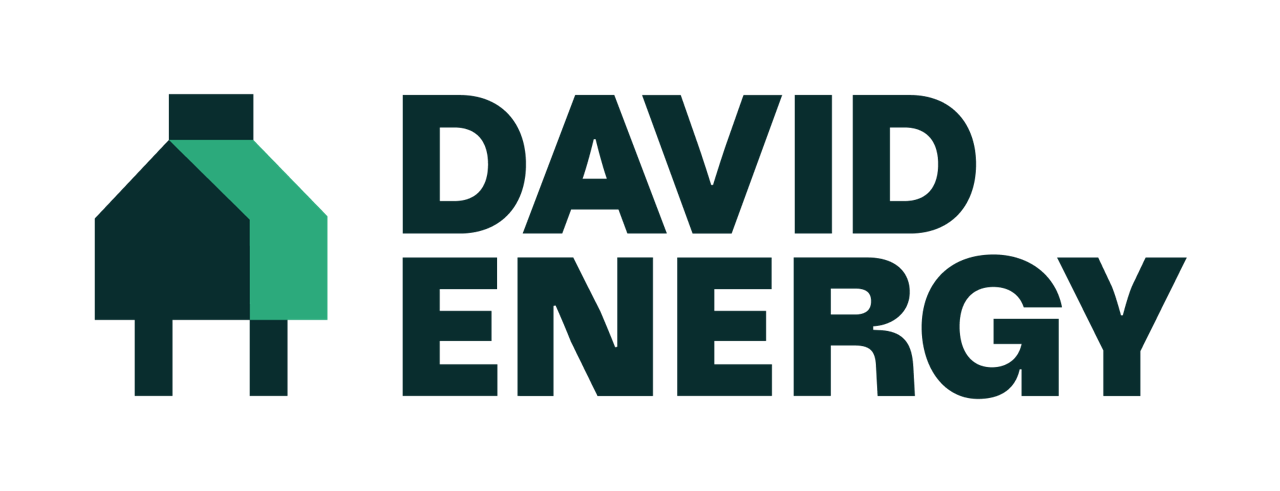Understanding Meter Data
Energy meter data, also known as usage data, refers to the information collected by electric meters or smart meters that measure the amount of electricity consumed by a household, building, or facility over a specific period of time. This data typically includes:
Consumption: The total amount of electricity consumed, measured in kilowatt-hours (kWh), over a given period, such as an hour, day, month, or billing cycle.
Usage Patterns: Detailed information about when electricity is used, including hourly or interval data that shows consumption patterns throughout the day or week. This data can reveal peak usage times, fluctuations in demand, and trends over time.
Demand: Information about the rate at which electricity is being used at any given moment, measured in kilowatts (kW). Peak demand data identifies periods of highest electricity usage, which is crucial for grid management and capacity planning.
Billing Information: Data used for billing purposes, including total consumption for the billing period, applicable rates, and any additional charges or fees.
Energy meter data is valuable for various purposes, including:
Billing: Calculating electricity bills based on actual usage rather than estimated consumption.
Energy Management: Identifying opportunities to reduce energy waste, optimize efficiency, and lower costs.
Grid Management: Monitoring and managing electricity supply and demand to ensure grid reliability and stability.
Demand Response: Implementing programs to reduce peak demand and alleviate strain on the electrical grid during periods of high usage.
Customer Insights: Providing consumers with information about their energy usage to help them make informed decisions and adjust their behavior to save energy and money.
With the advent of smart meters and advanced metering infrastructure (AMI), energy meter data collection has become more sophisticated, allowing for real-time monitoring, remote access, and enhanced analytics capabilities. This enables utilities, energy service providers, and consumers to better understand and manage electricity usage.
